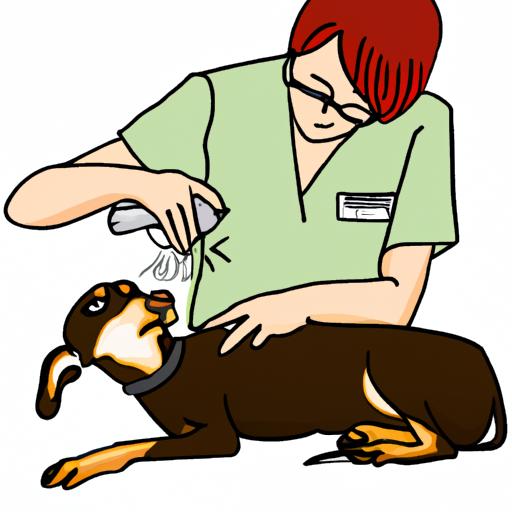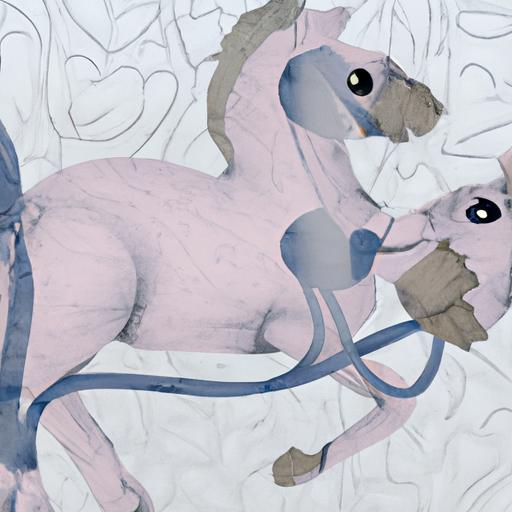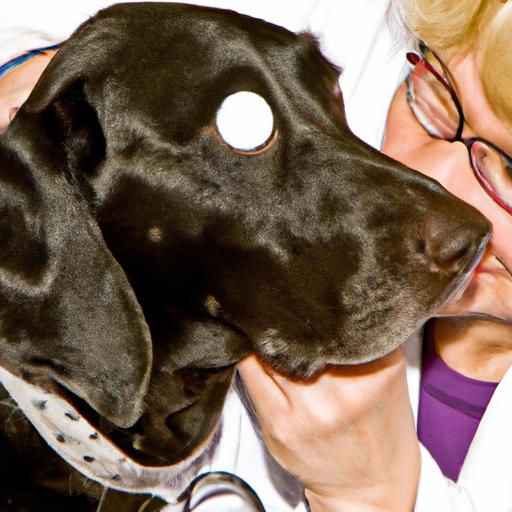
Diagnosing Canine Hyperadrenocorticism: A Comprehensive Guide
Discover the importance of timely diagnosis in Diagnosing Canine Hyperadrenocorticism. Learn how to identify symptoms and understand diagnostic procedures.
Introduction
Have you noticed your furry companion experiencing unusual symptoms like excessive thirst, increased urination, and a pot-bellied appearance? These could be signs of a condition known as canine hyperadrenocorticism, commonly referred to as Cushing’s disease in dogs. In this article, we will delve into the intricacies of diagnosing canine hyperadrenocorticism and shed light on the importance of timely identification.

Understanding Canine Hyperadrenocorticism
Causes and Risk Factors
Canine hyperadrenocorticism occurs when the adrenal glands produce an excessive amount of cortisol, a hormone responsible for regulating various bodily functions. The most common cause of this condition is a benign tumor in the pituitary gland, located at the base of the brain. However, in some cases, it may also result from a tumor in the adrenal glands themselves. Certain breeds, such as Poodles and Dachshunds, are more predisposed to developing hyperadrenocorticism.
Symptoms and Clinical Signs
Identifying the symptoms and clinical signs of canine hyperadrenocorticism is crucial for prompt diagnosis. Keep an eye out for indicators such as increased thirst and urination, weight gain, hair loss, lethargy, and the development of a pot-bellied appearance. Additionally, dogs with hyperadrenocorticism may exhibit muscle weakness, skin infections, and even behavioral changes.
Diagnostic Tests and Procedures
When it comes to diagnosing canine hyperadrenocorticism, a comprehensive approach is necessary. Your veterinarian may recommend various tests and procedures to confirm the presence of this condition. These may include blood tests to measure cortisol levels, urine tests to assess cortisol excretion, and imaging techniques like ultrasounds or X-rays to identify any abnormalities in the adrenal glands.
Frequently Asked Questions (FAQ)
What are the common treatment options for canine hyperadrenocorticism?
Treatment options for canine hyperadrenocorticism depend on the underlying cause and the severity of the condition. In cases where a pituitary tumor is the culprit, medication may be prescribed to manage the symptoms and control cortisol production. Surgical removal of adrenal tumors is another possible treatment route. However, it’s essential to consult with your veterinarian to determine the best course of action for your furry friend.
Can hyperadrenocorticism be cured?
While canine hyperadrenocorticism cannot be completely cured, it can be effectively managed. With appropriate treatment and regular monitoring, dogs with this condition can lead happy and fulfilling lives. The key lies in early detection and appropriate intervention, which can help control symptoms and prevent the progression of the disease.
Are there any preventive measures for this condition?
Unfortunately, there are no specific preventive measures for canine hyperadrenocorticism. However, being vigilant about your dog’s health and regular veterinary check-ups can aid in early detection. Promptly addressing any unusual symptoms or changes in behavior can make a significant difference in managing the condition.
How long does it take to diagnose canine hyperadrenocorticism?
The diagnosis of canine hyperadrenocorticism may take some time, as it involves a series of tests and evaluations. The duration can vary depending on the complexity of the case and the availability of diagnostic facilities. However, with the expertise of a veterinarian, a proper diagnosis can typically be achieved within a few weeks.
Conclusion
In conclusion, diagnosing canine hyperadrenocorticism is a crucial step in ensuring the well-being of our four-legged companions. By understanding the causes, recognizing the symptoms, and seeking timely veterinary assistance, we can provide our dogs with the necessary care and support they need. Remember, early detection and intervention are key to managing this condition effectively. So, stay vigilant, be proactive, and prioritize the health of your furry friend.
Now that you have a comprehensive understanding of diagnosing canine hyperadrenocorticism, you can confidently navigate the journey towards a healthier and happier life for your beloved pet.
Note: This article is for informational purposes only and should not replace professional veterinary advice. If you suspect your dog may have hyperadrenocorticism, consult with a qualified veterinarian for an accurate diagnosis and appropriate treatment.






























